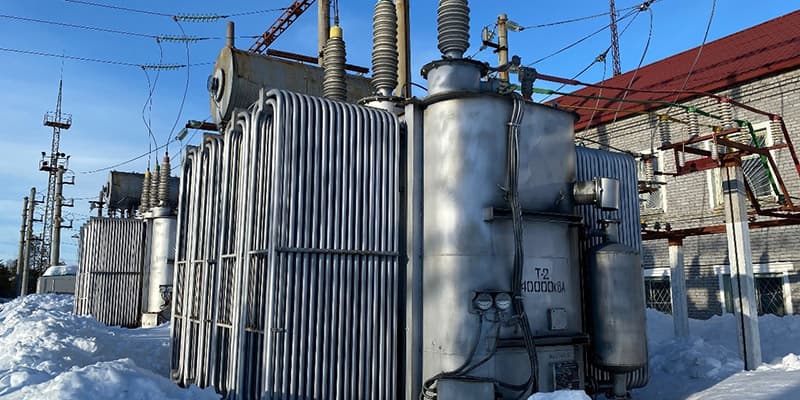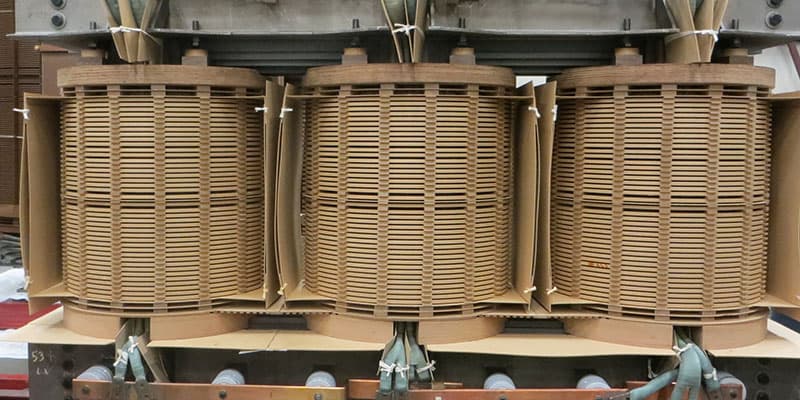Remanufacturing a Substation Transformer is an Eco-Friendly Option
The term “environmentally friendly” is usually associated with power distribution only when discussing renewable sources of electricity generation like solar or wind power. That’s not, however, the whole eco-friendly story. The circular theory of “reduce, reuse, recycle” applies specifically to substation transformers. It’s not just green washing to state that remanufacturing a transformer fits well with an environmental mindset. Here’s why.
Repairing things is more eco-friendly than throwing things in a landfill. That applies to large equipment like transformers and highlights the value of reconditioning or remanufacturing such equipment. (Note, the difference between reconditioning and remanufacturing is that remanufacturing involves installing all-new copper windings with a new insulation package, while reconditioning keeps the original windings intact, replacing or repairing other items.)
Reusing Steel
When a transformer is remanufactured, the core steel; the tank; the original radiators; the steel laminations that make up the core legs; and the steel form that clamps the top and the bottom can–often all be reused.
When a new transformer is manufactured, new steel needs to be processed and then shipped to a facility for assembly. All manufacturing, whether new or remanufacturing, creates a carbon footprint, but the new manufacturing process creates a much larger one. Plus, with the steel market’s volatile pricing today, reusing so much steel makes economic as well as environmental sense.
Recycling Copper
When a transformer is remanufactured and gets new windings and insulation, there is an environmental cost to produce and acquire the new conductor material. This applies to windings made of copper, aluminum, or a mix of the two, though most do use copper only. The eco-friendly story here? The copper and aluminum winding materials are recyclable.
At Jordan Transformer, when we remanufacture a transformer and recycle that conductor, whether copper or aluminum, we credit the transformer owner for the value of that recycled material. The price per pound of copper varies, but the credit adds up, and the environmental value is also high.
Recycling Mineral Oil
A transformer’s insulating mineral oil that has deteriorated and no longer meets its service requirements must be recycled. If its dielectric properties can be restored, transformer oil can be reclaimed and reused. More often, the oil is recycled and repurposed for other uses.
Care must be taken with transformer oil due to the possible presence of polychlorinated biphenyls (PCBs). Decades ago, PCBs were added to mineral oils to improve stability and insulating characteristics, among other reasons. The chemical had many industrial uses and was later found to cause adverse health effects. Transformer oil must be tested for PCBs during the remanufacturing process. That oil is then disposed of correctly, and non-PCB oil is used. Minor traces of PCBs can remain in the insulation around windings, but not enough to be harmful.
Reduce and Reuse
After your transformer is remanufactured, it fits perfectly on its original pad. The lines are the correct length for the leads and all external components secured in place as before. By reusing so much existing material, you’re reducing the need for new equipment. This saves time as well as manufacturing costs (and you’re sending less to waste heaps).
Remanufacturing makes economic and environmental sense. If you want to learn more about reusing equipment you already own, and recycling possibilities, contact us.
.png?width=295&height=96&name=Untitled%20design%20(8).png)





